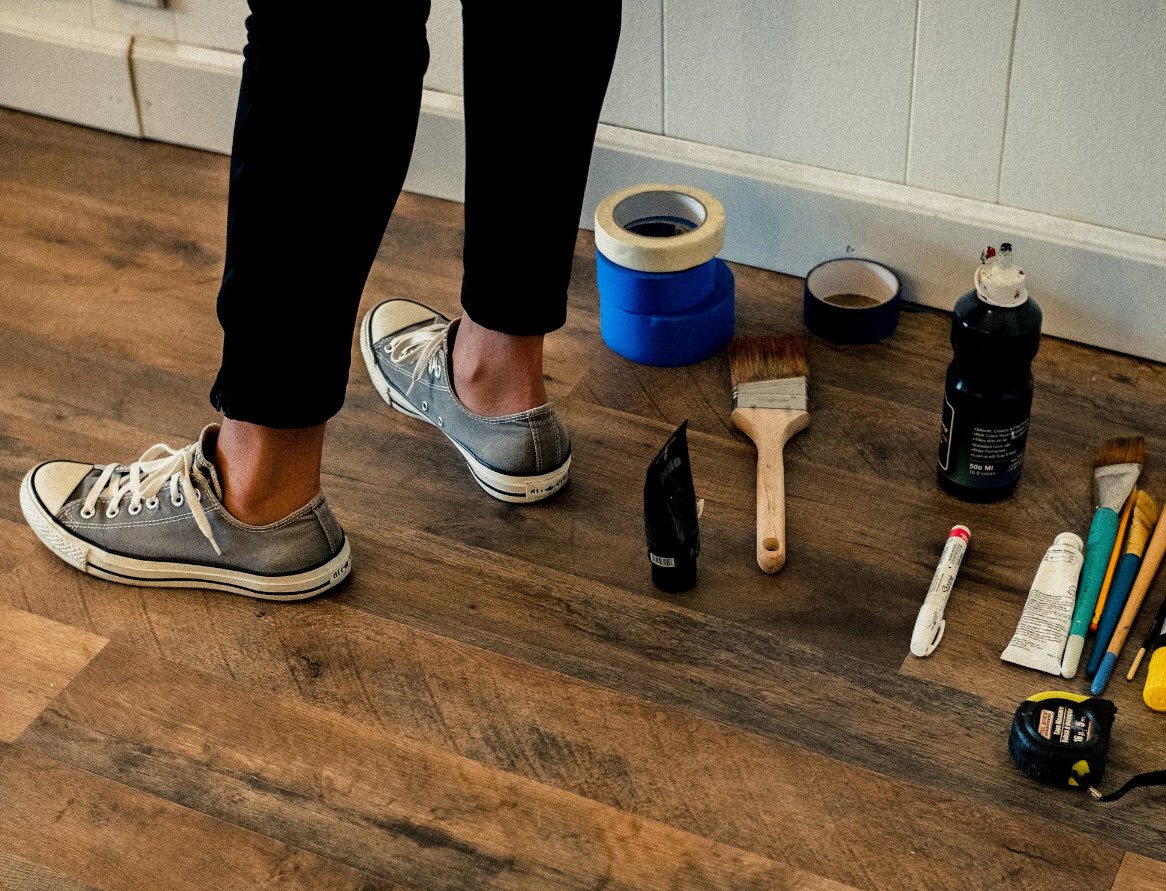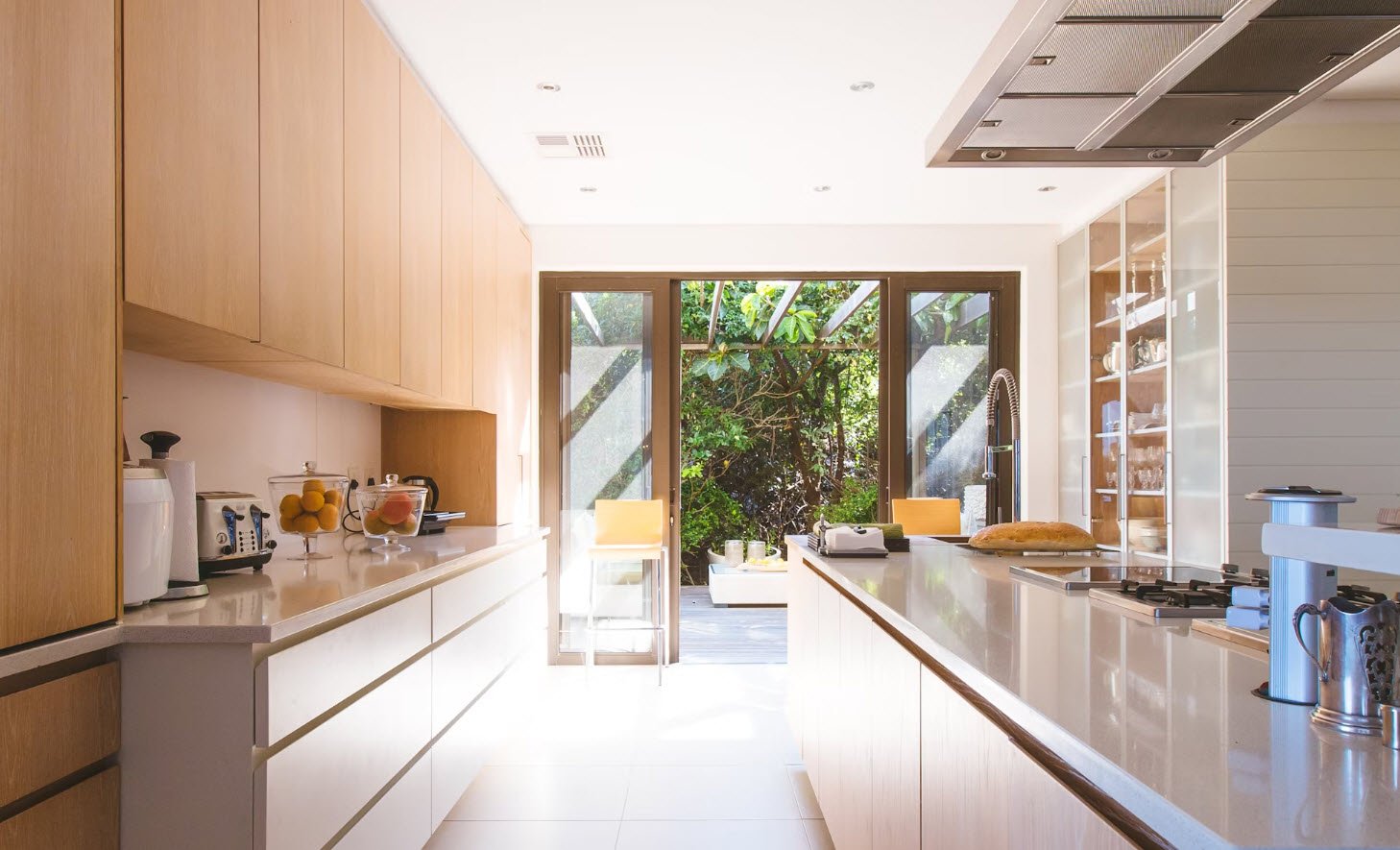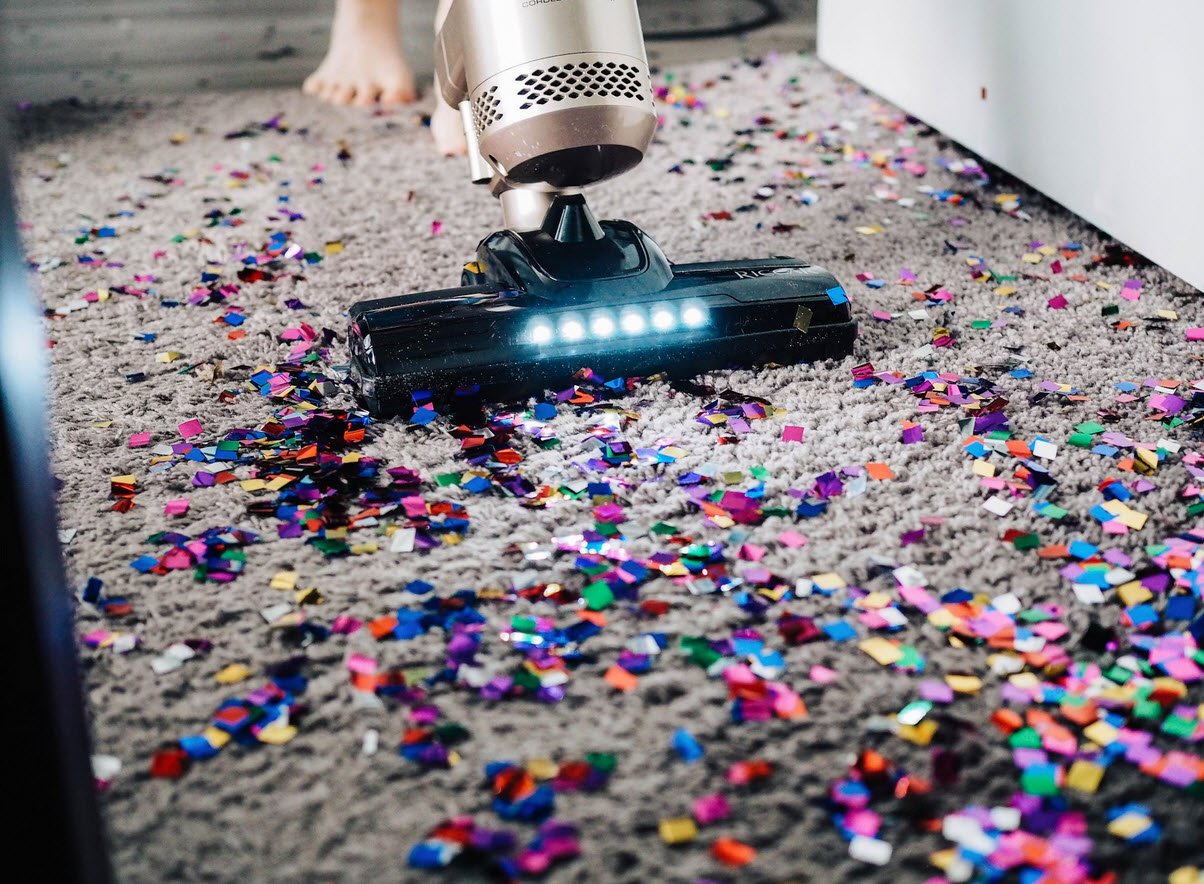
When it comes to the safety and functionality of your home, electrical systems play a pivotal role. Implementing preventative home maintenance measures can ensure that your electrical components remain in good working order, reducing the risk of hazards and ensuring the well-being of your household.
In this article, we’ll explore into key practices for maintaining a safe and efficient electrical system in your home.
- Fuses and Breakers
- Don’t Mix These Two
- Kids: Keep Out
- Replace Frayed Wires
- Bad Plugs
- Don’t Force It
- Approved for Outdoor
- Keep Cords Clear
1. Fuses and Breakers
Regularly check your fuses and circuit breakers to ensure they are in good condition. If you experience frequent tripping or blown fuses, it may indicate an underlying issue that requires professional attention. Understanding the electrical load on each circuit and avoiding overloading can contribute to the longevity of your fuses and breakers.
2. Don’t Mix These Two
Know the difference between two-pronged and three-pronged outlets. Never force a three-pronged plug into a two-pronged outlet or use an adapter to bypass the grounding prong. Using the wrong type of outlet can increase the risk of electrical shock and damage to your devices.
3. Kids: Keep Out
Childproof your electrical outlets with safety covers to prevent young children from inserting objects into them. Teach children about electrical safety and the importance of not playing with outlets or cords. Keeping electrical components out of reach and educating children can prevent accidents and injuries.
4. Replace Frayed Wires
Inspect all electrical cords and wires for signs of wear, fraying, or damage. Replace any cords that show signs of wear immediately. Frayed wires are a serious fire hazard and can pose a risk of electrical shock. Regularly check cords for damage, especially those in high-traffic areas.
5. Bad Plugs
Avoid using damaged or broken plugs. If a plug is loose or does not fit securely into an outlet, it can cause overheating and pose a fire hazard. Replace damaged plugs promptly to ensure a secure connection and prevent electrical issues.
6. Don’t Force It
If a plug doesn’t fit into an outlet easily, don’t force it. Forcing a plug can damage the prongs or the outlet itself, leading to potential electrical hazards. If you encounter difficulty plugging in a device, inspect the plug and outlet for damage and address the issue accordingly.
7. Approved for Outdoor
Use electrical devices and extension cords that are specifically approved for outdoor use when using them outside. Outdoor-rated equipment is designed to withstand exposure to the elements and is less prone to damage. Using indoor-rated devices outdoors can lead to safety hazards and reduced lifespan.
8. Keep Cords Clear
Avoid running cords under carpets or rugs, as this can cause overheating and increase the risk of fire. Ensure that cords are not pinched or twisted, and keep them organized to prevent tripping hazards. When using extension cords, choose the appropriate length and capacity for the devices you are connecting.
Conclusion
Taking a proactive approach to preventative home maintenance for your electrical systems is a fundamental step in creating a safe living environment. By regularly inspecting fuses and breakers, being mindful of outlet types, childproofing, replacing frayed wires, avoiding damaged plugs, using outdoor-approved devices, and keeping cords clear, you contribute to the overall safety and functionality of your home’s electrical infrastructure.
Remember, electrical safety is a shared responsibility, and staying vigilant can prevent accidents, protect your property, and ensure the well-being of everyone in your home.








